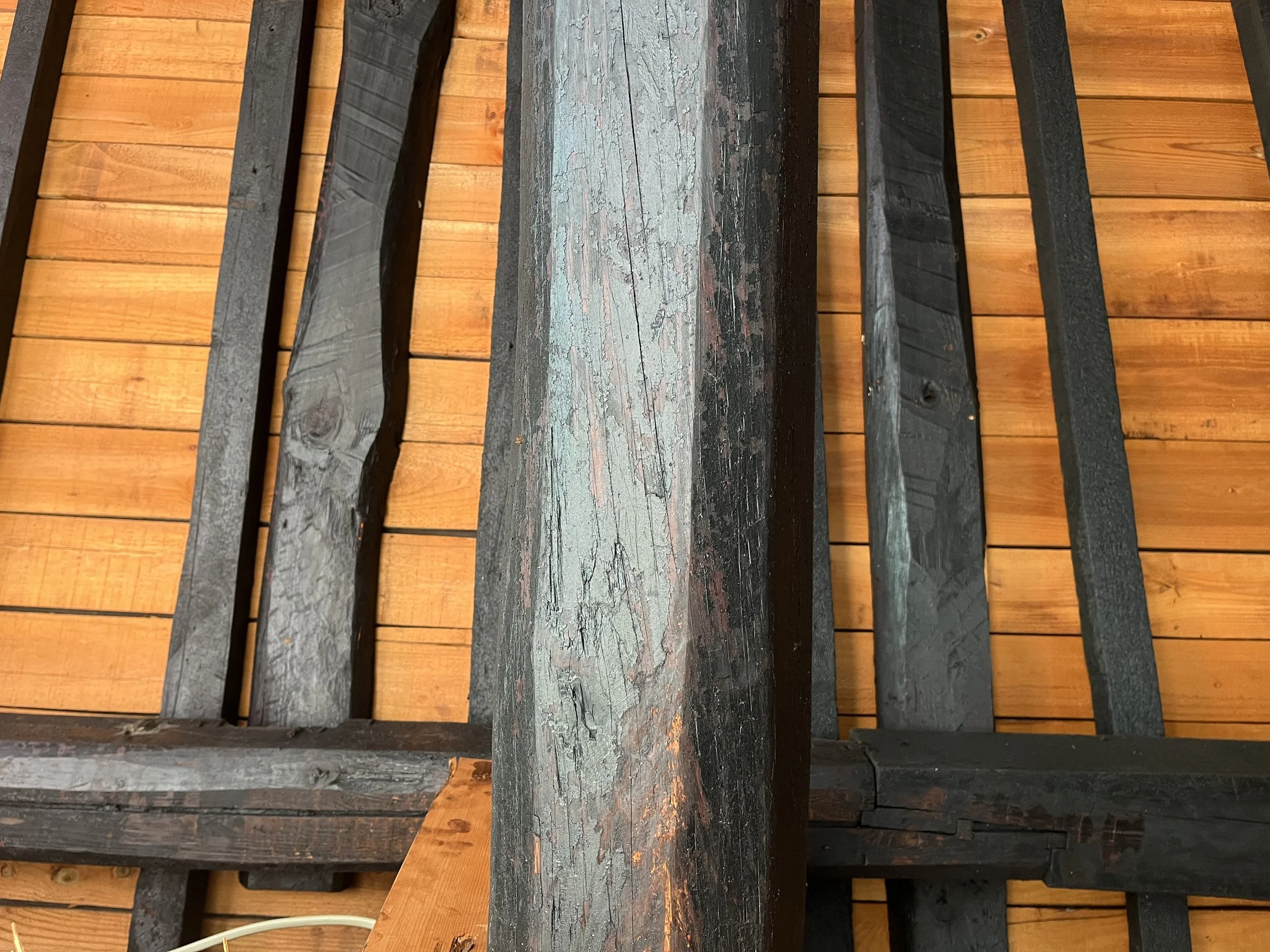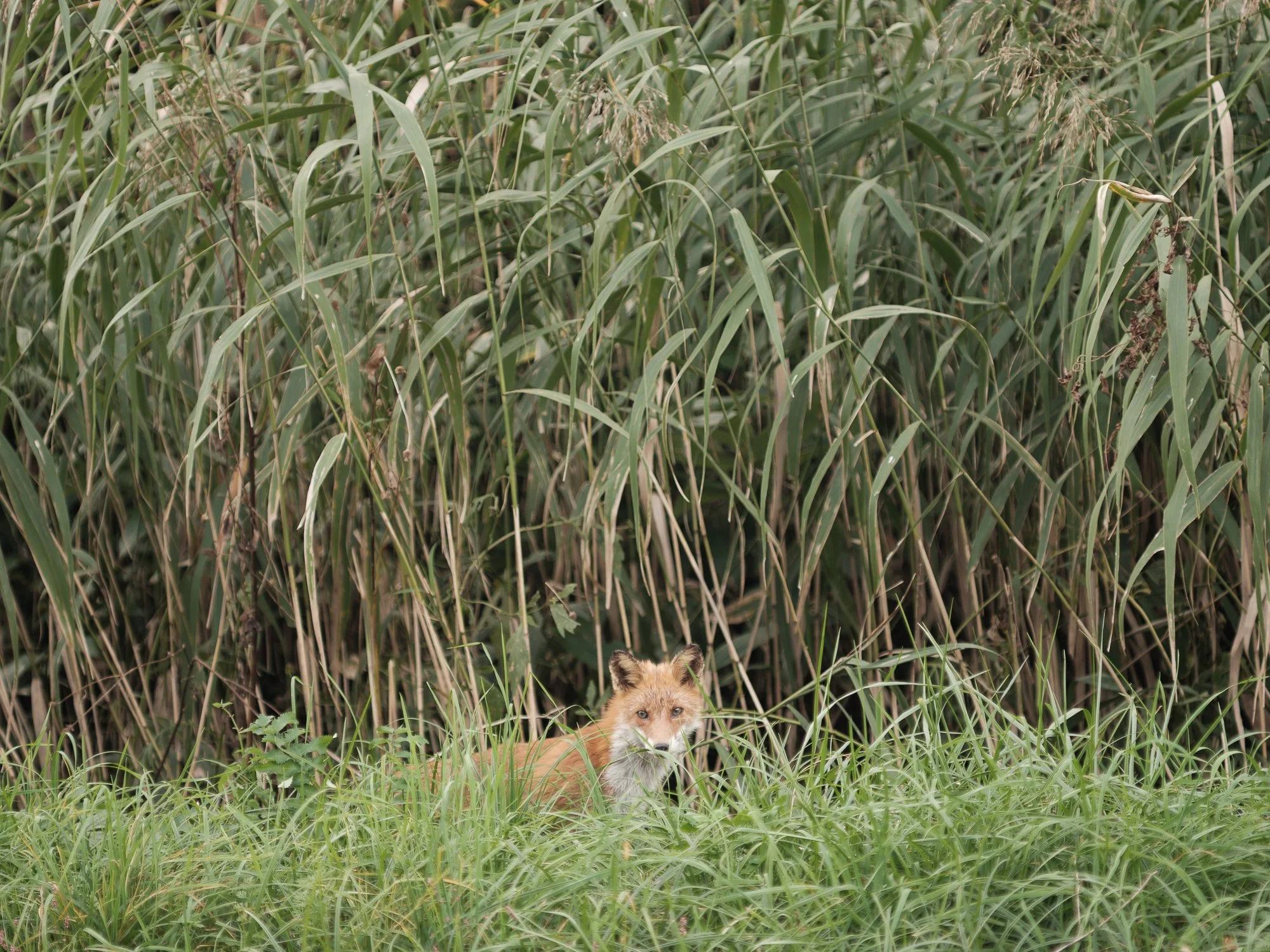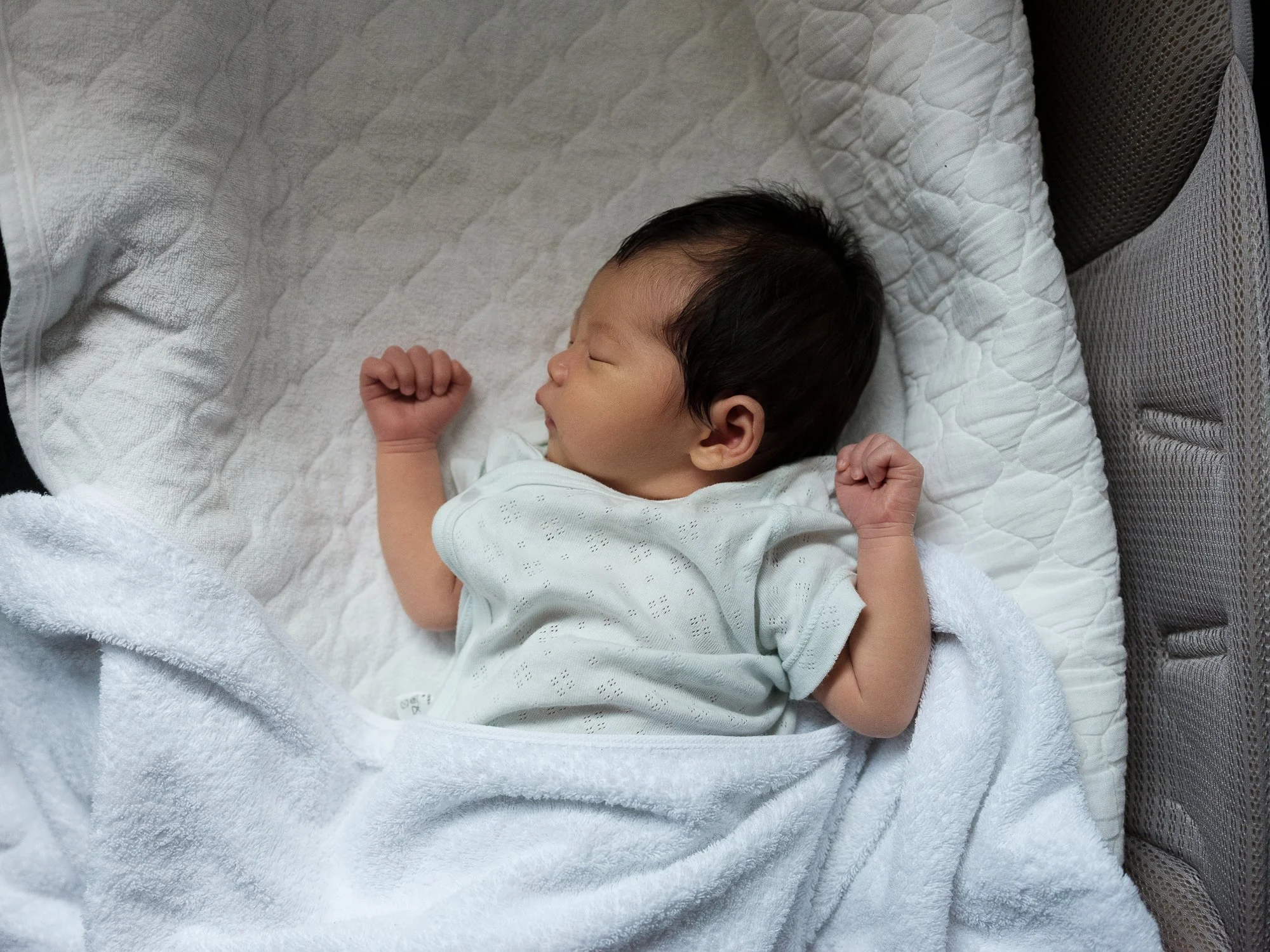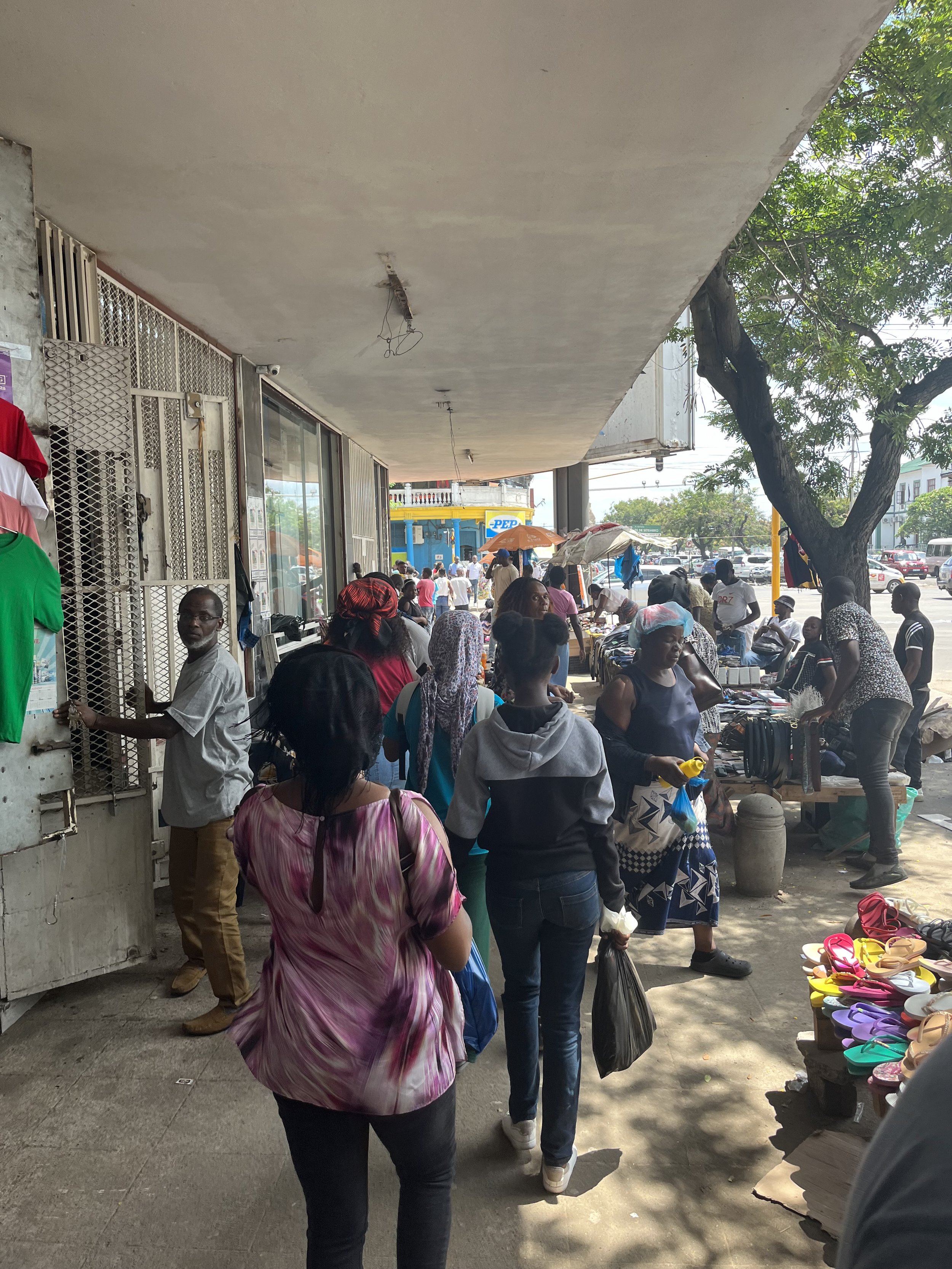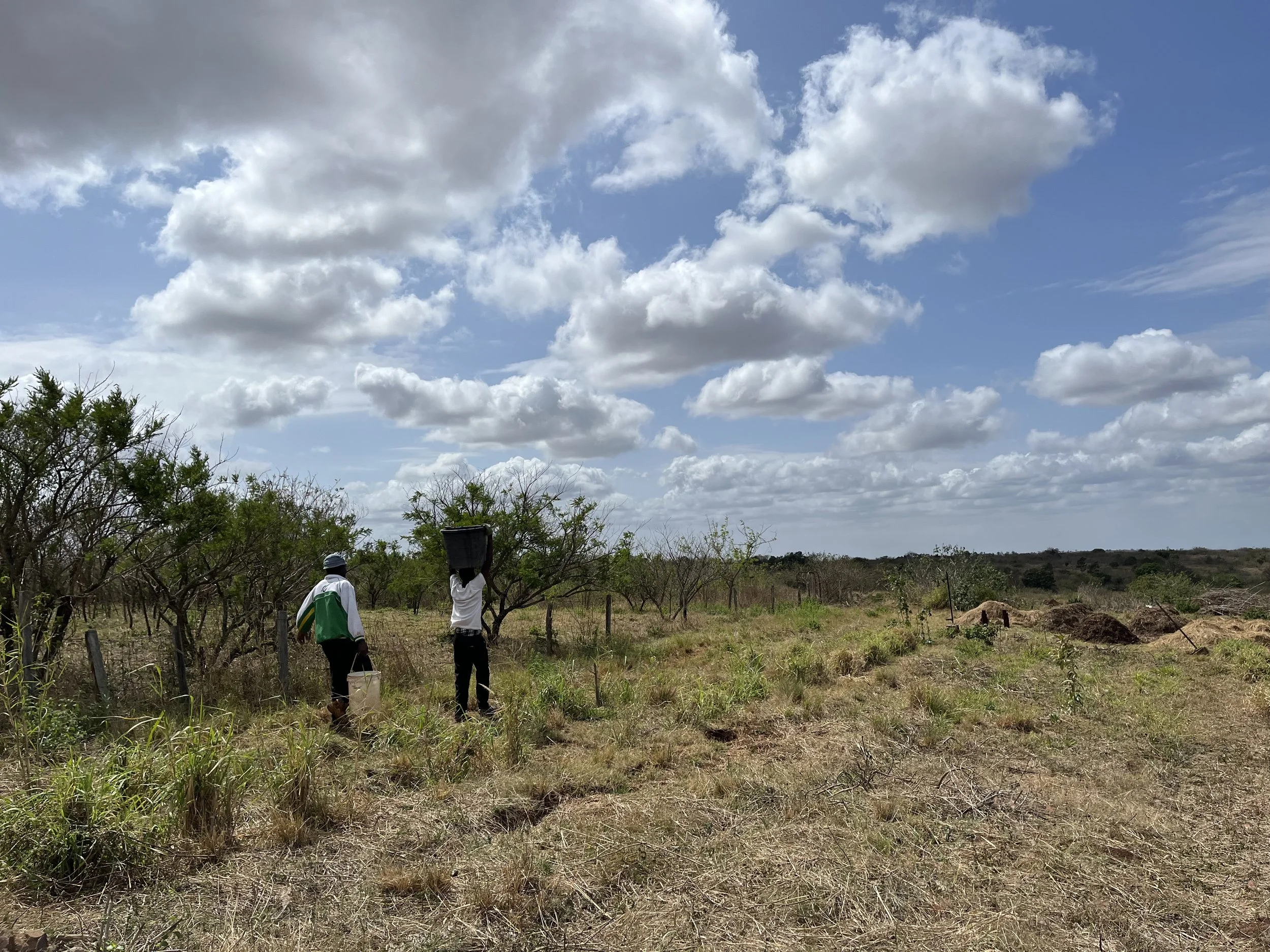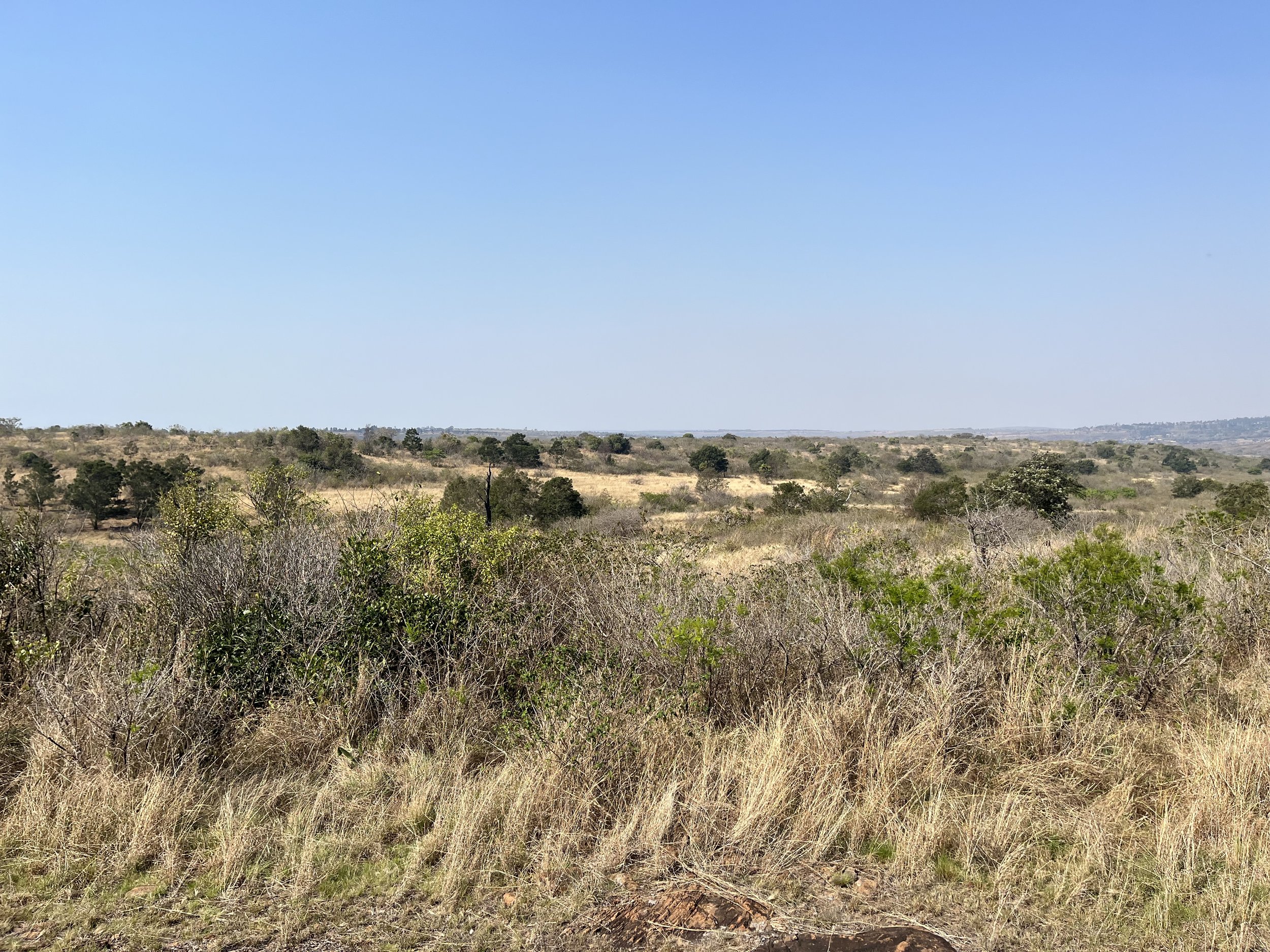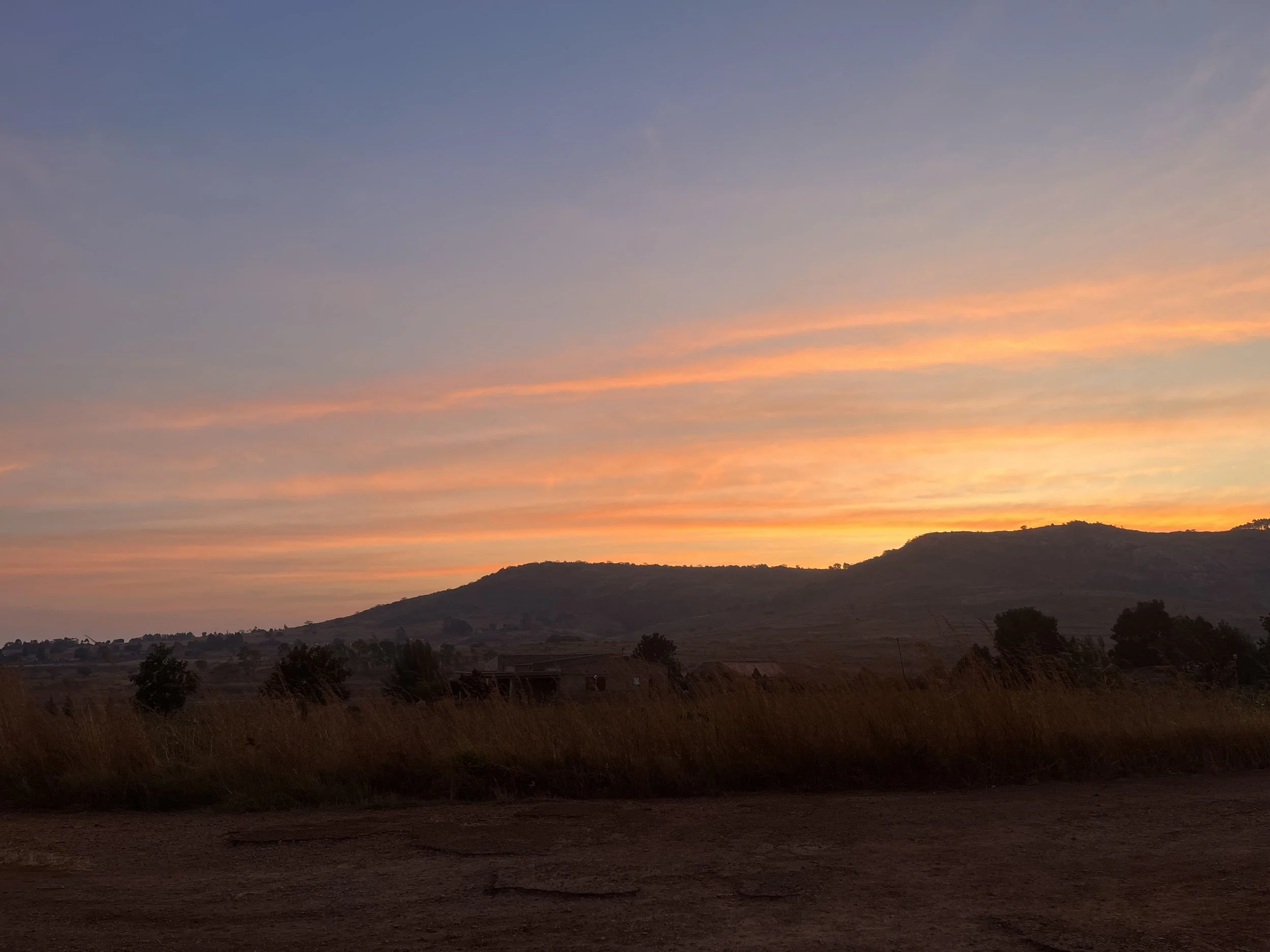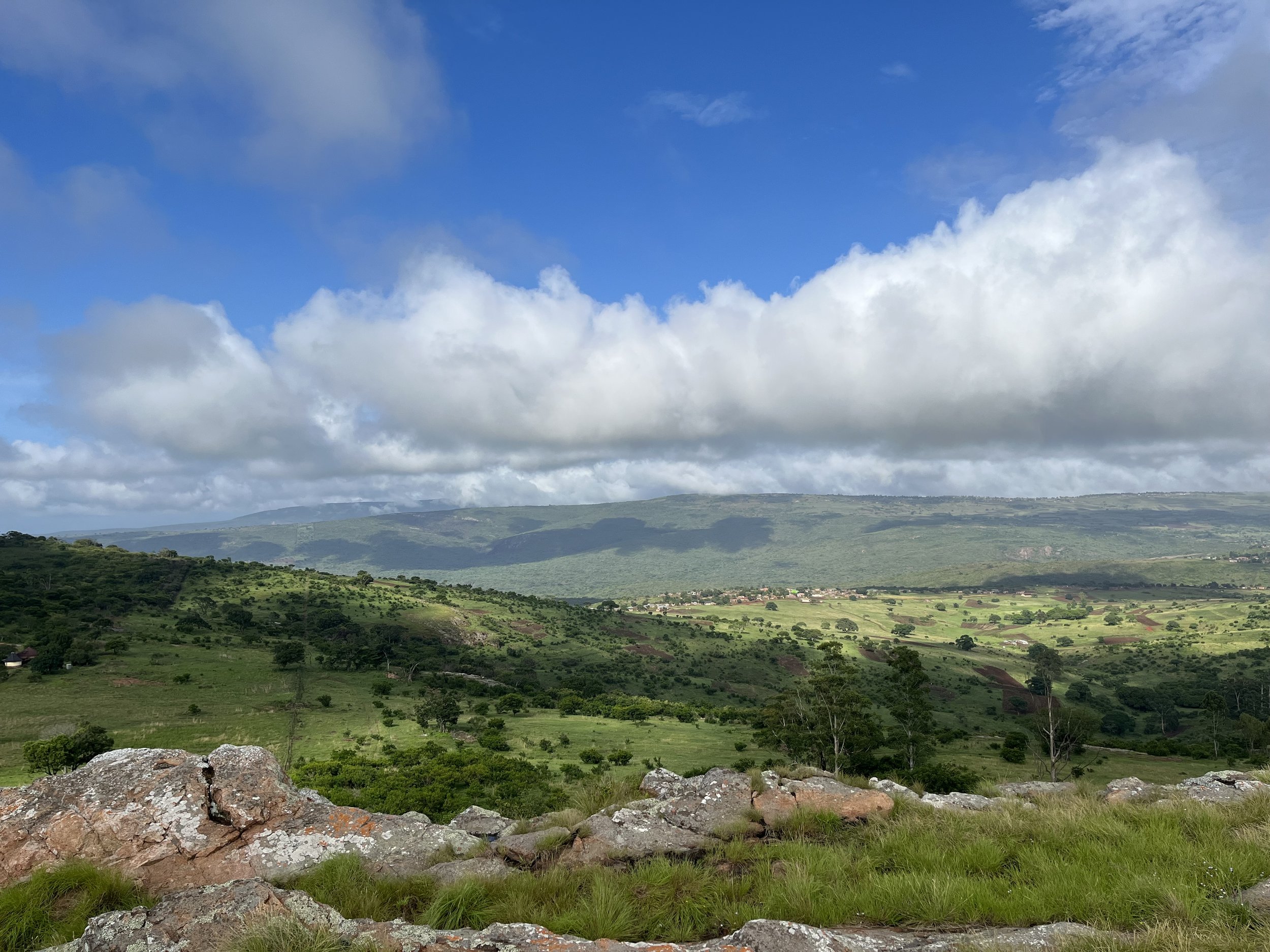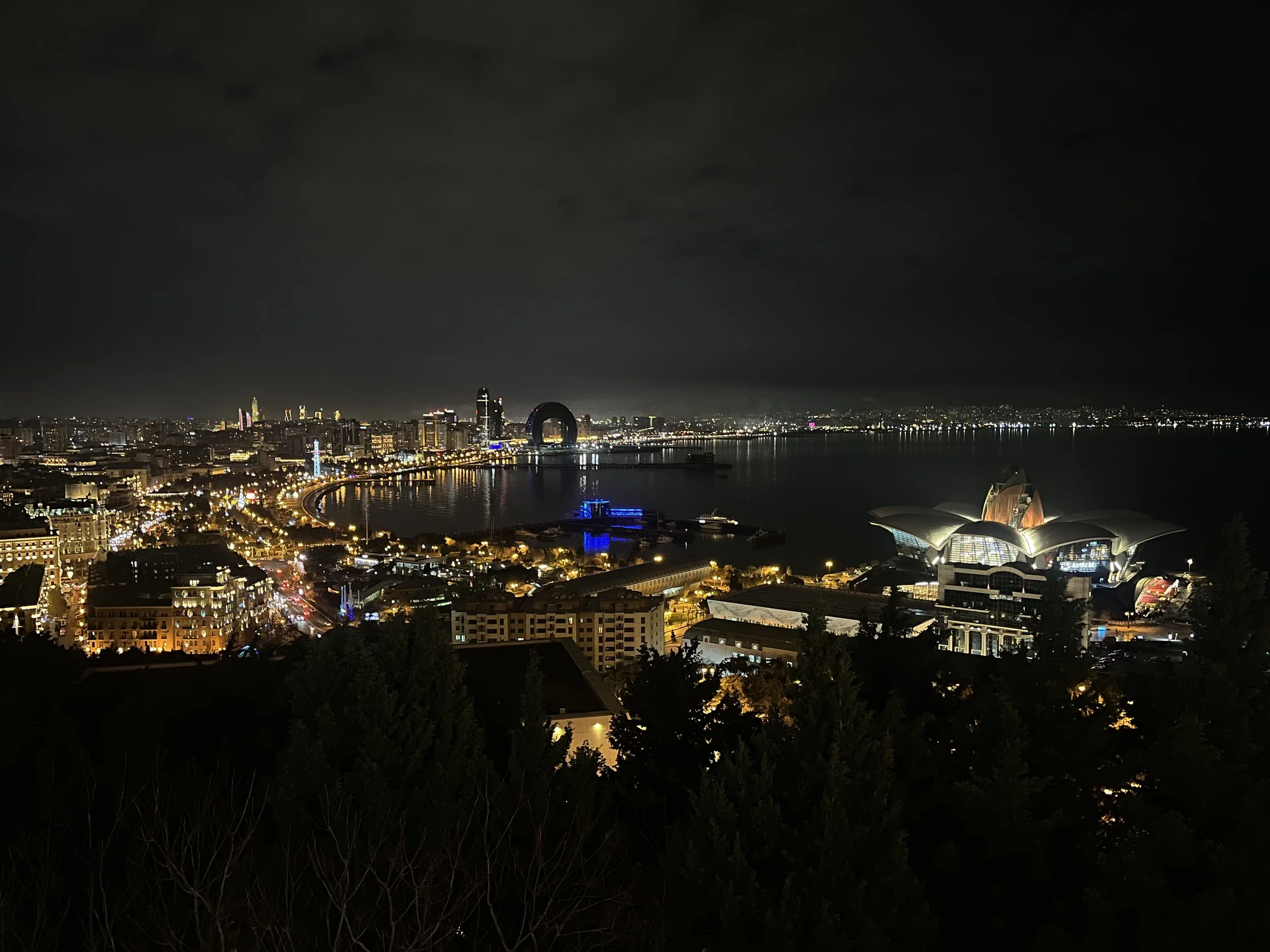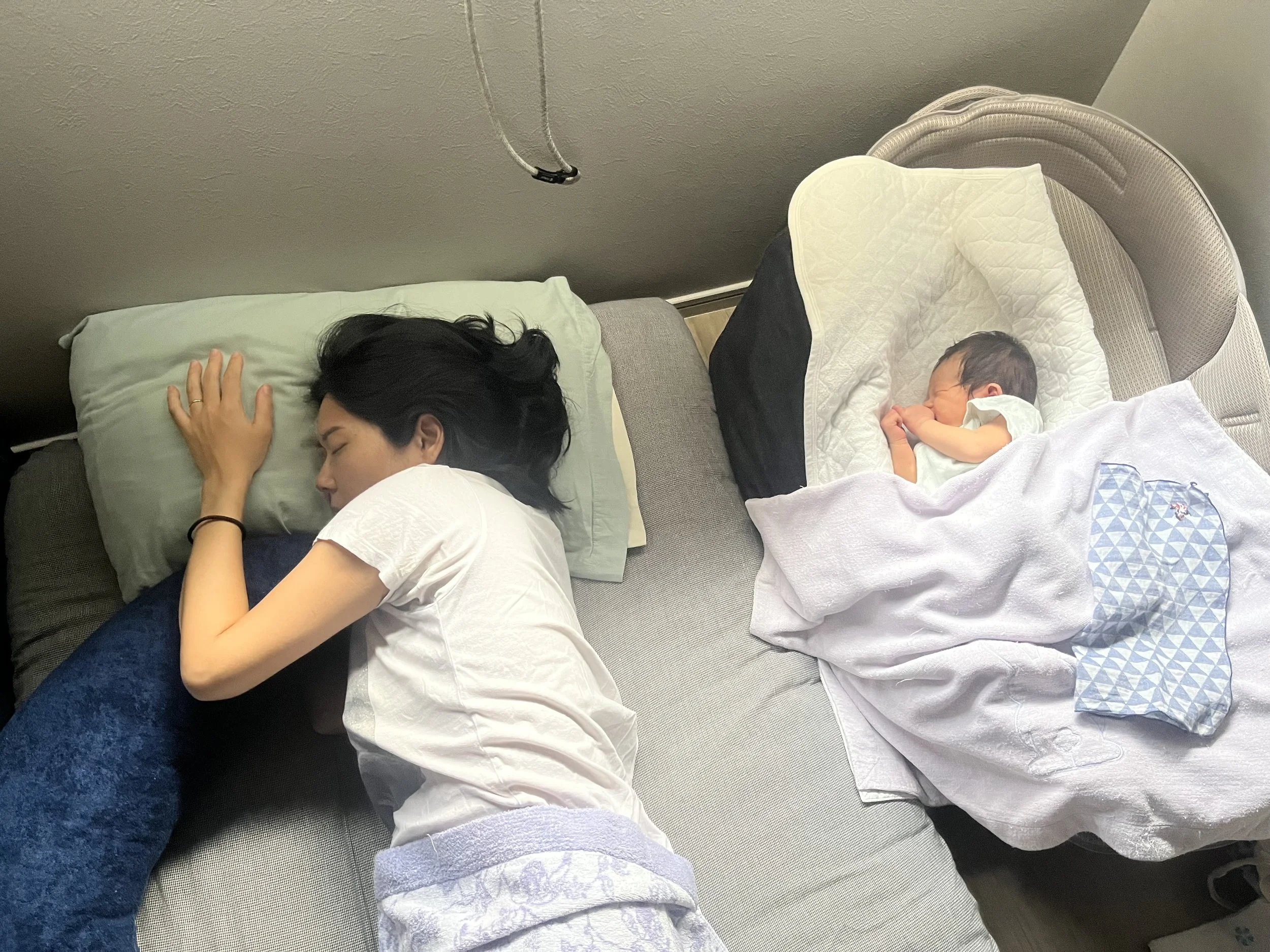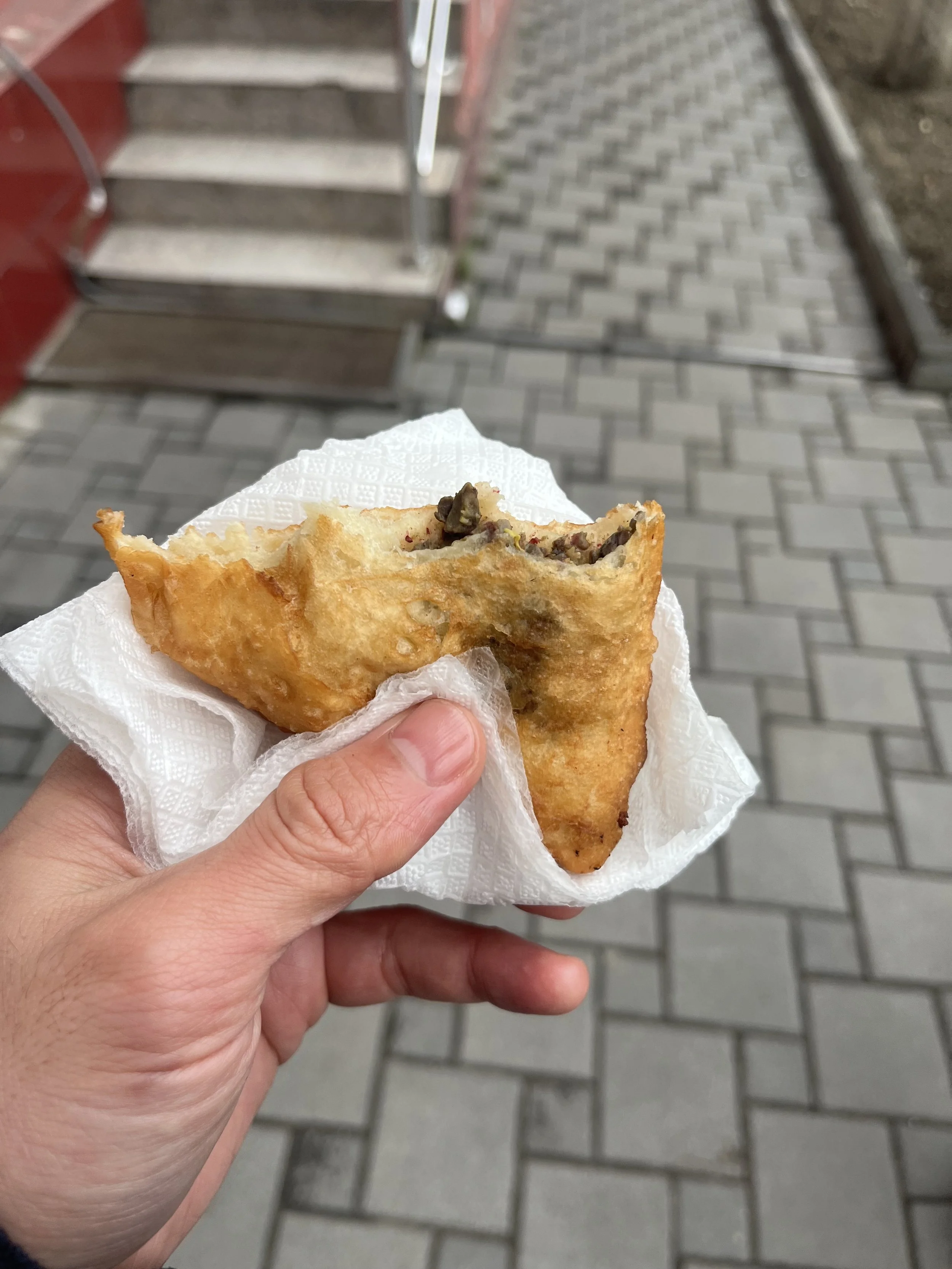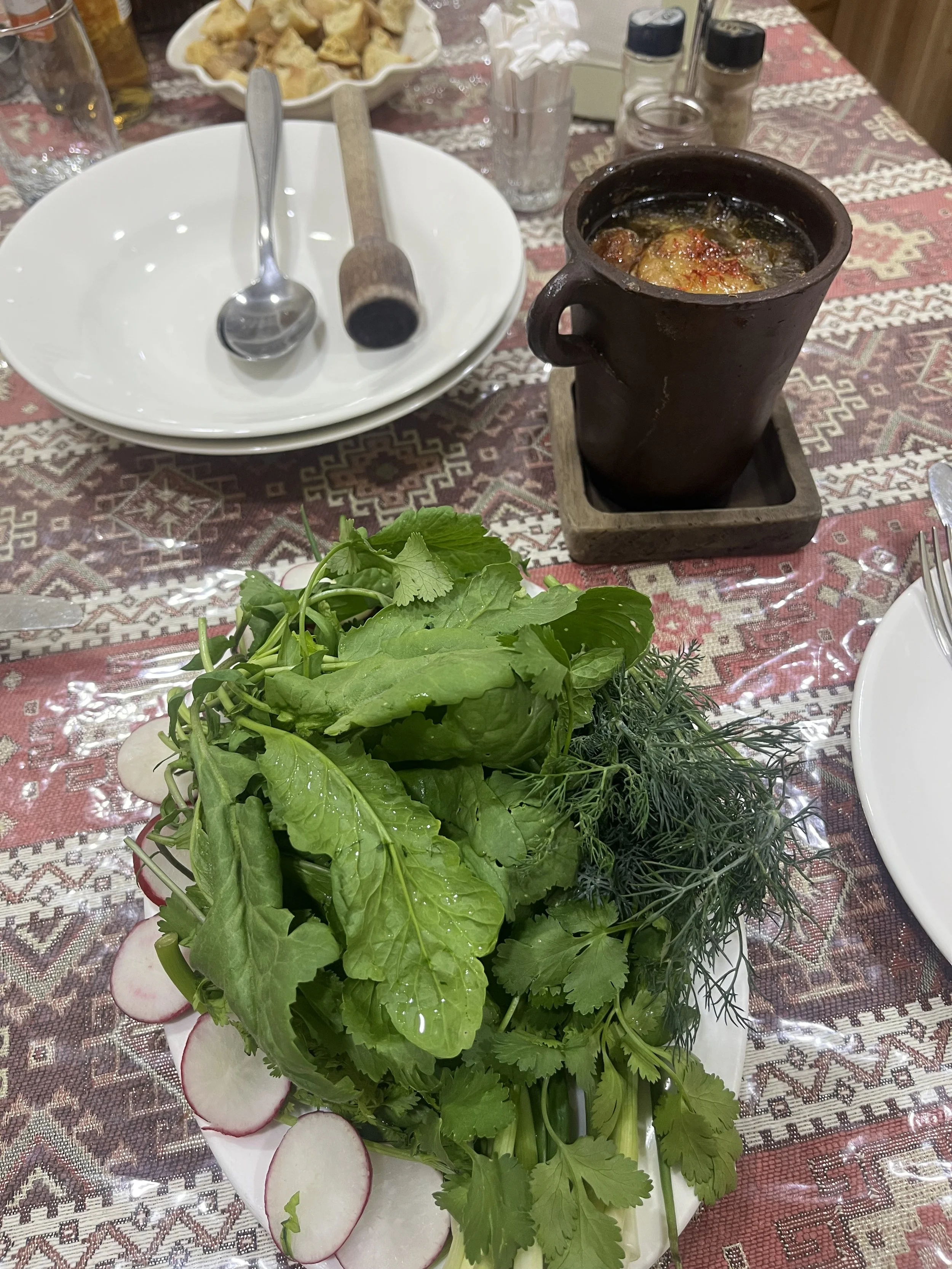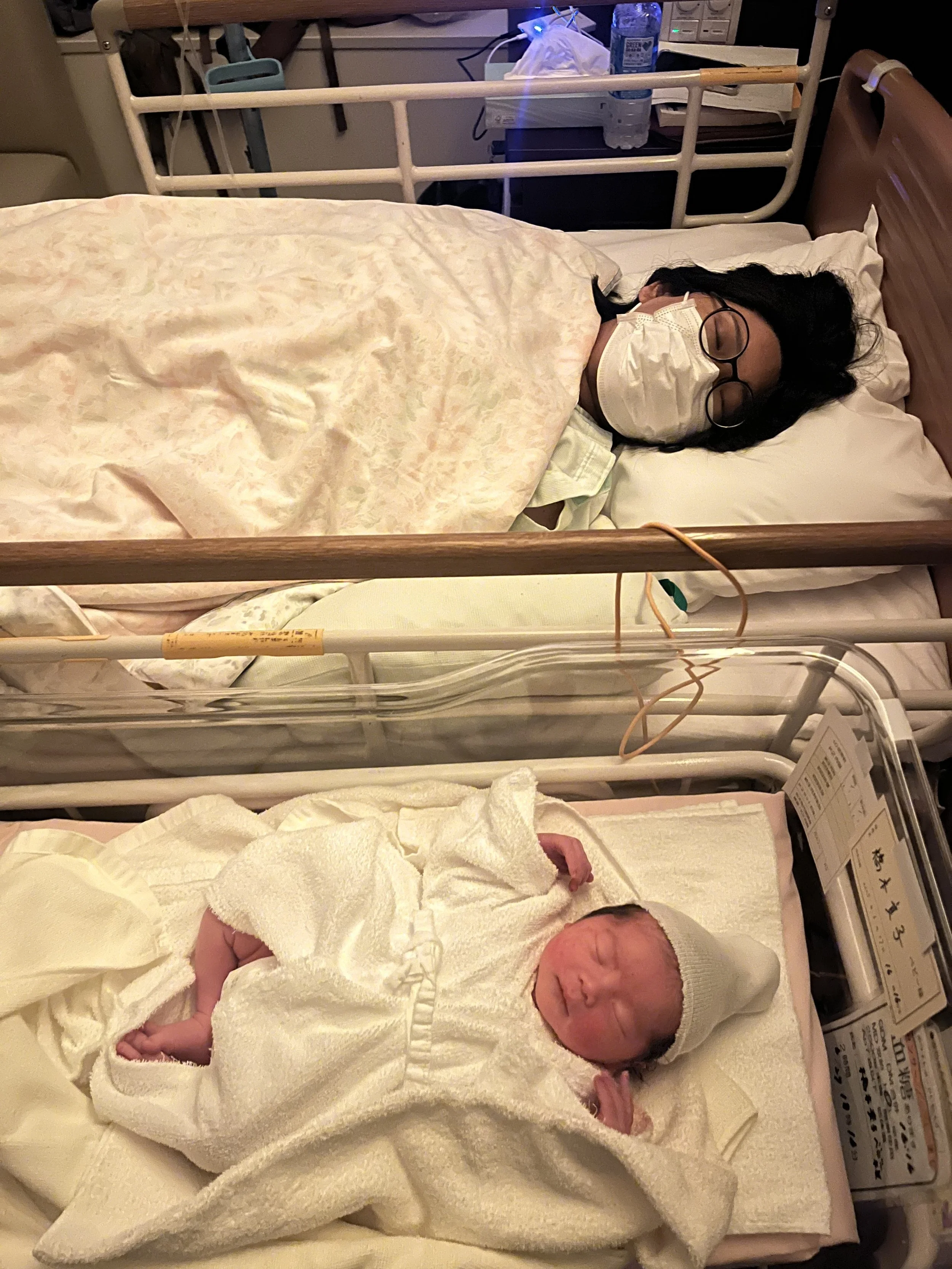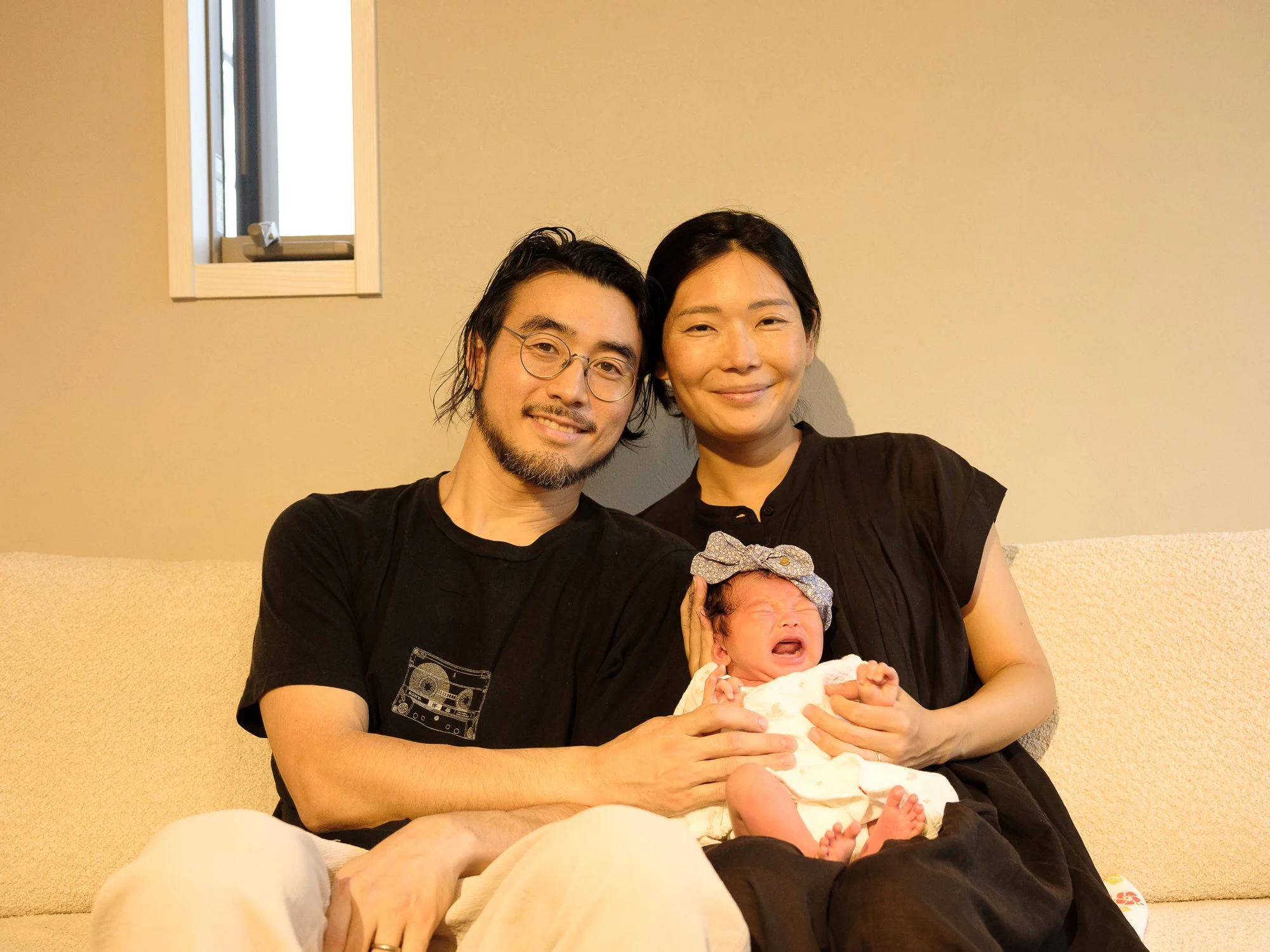金華山と岐阜城 / Mount Kinka and Gifu Castle
(Scroll down to read in English)
先日、久しぶりに妻の実家のある岐阜に行った。
娘も連れて、1週間の滞在。
今回の岐阜出張の主目的は妻が高校生に向けて講演を行うというもの。
私もそのうちの一つ、岐阜高校の講演を見させてもらった。
学生に向けて話す妻の姿が新鮮だったのと、今の高校生たち、そして何人か同席していた保護者の方々が、どんな思いで講演を聞いているのか、どんなことに興味があるのか、気になりながら一番後ろの席から会場のリアクションを観察した。
私や妻に笑顔で挨拶してくる真面目そうな高校生たち。
みんな親の期待や、自分の思いや、学校の言うことをききながら、将来どうするか考えているのだろう。
純粋にとても気になった。
学生と話してみたい、と思う自分がいることは、歳をとったことなのかなと思った(先日40歳になりました)。
講演後、先生が言っていた。
「こんな(講演の)機会、自分たちの時代は無かったですよね。」
確かに。
岐阜高校では妻の他にも、こういった講演の機会を企画している様子だった。
自分が高校生だった時、インターネットはあったけど(AOLメッセンジャー使いまくっててMixiとかFBとかが流行り始めた時代、懐かし)、今の学生の方がもっともっと情報量が多いだろう。
それがいいのか悪いのか、わからないけど。
妻の公演中のメッセージを参照:興味があることがあったらとにかくまずはやってみること。
うんうん、ほんとにそうだ。
さて、今回の岐阜出張のもう一つの大切な目的は、友人家族を訪ねて飛騨高山に行くことだった。
私が小笠原に住んでいた時(2019-2021年)に繋がったご家族。
小笠原の小港海岸の近くで一緒に畑をやっていた時間が懐かしい。
そのご家族は昨年、飛騨高山に引っ越し、古民家を購入し、未来の自宅兼お宿の改築に取り組んでいる。
飛騨高山の風景 / Scenery in Hida Takayama
純粋に会えるのも楽しみだったし、私にとっては、いずれ日本の田舎に定住することも考えている中で、どんな経緯で飛騨高山に住むことになったのか、どんな生活をしているのか、とても気になっていた。
そのご家族の経緯を少しシェアすると、
日本のどこかの田舎でお宿をやりたいという目的を持って日本のさまざまな場所を検討していたところ、飛騨高山にいる友人に会いに行ったのが最初のきっかけだったそう。
そこから予期せぬ出会い、ご縁があり、飛騨高山に決めたと。
今改築している古民家やそれを改築してくれる素晴らしい大工さんとの出会い、その地域に住んでいる人たちとの繋がり。
偶然、そしてご縁。
日本の田舎バイブス / Japanese countryside vibes
この話を聞いていて、私がモザンビークの田舎町に移住して農業を始めた時のことを思い出した。
モザンビークに行った当初、私はそこの田舎町に住んで農業をやることは全く考えていなかった。
その地域のことさえ知らなかった。
たまたま友人に勧められて旅行でナマーシャという田舎町に行った際に、素敵な農家さんに出会い、そこから深い関係を築き、その結果、農地や素敵な家にも巡り会えた。
私にとっては、まさに運命的な出会い。
そんなご縁からナマーシャへの移住を決意した。
友人の古民家に話を戻すと、
本当に色々なご縁とタイミングとがマッチして購入を決意したその古民家は、もしかしたら最初の構造は江戸時代に建てられたのではないかという、ロマンとワクワクが詰まった建物。
そこに新しい視点と価値を吹き込もうとしている若い大工さんたちもかっこよかった。
コミュニティとのチームワークが無ければ成し遂げられない大きな仕事。
そんなコミュニティをつくり、大きなプロジェクトに立ち向かっている友人家族に熱いエールを。
お宿ができたら泊まりに行くのが、本当に楽しみ。
江戸時代まで遡るかもしれない梁 / Wooden beam which could date back to the Edo period
日本の田舎、と言うと、素敵な場所は沢山あるだろう。
私も全部は行ったことがないが、先日行ってきた北海道も素敵だったし、九州や四国も魅力が沢山ある。
それぞれ異なる環境、特色、文化がある。
そして今回友人の話を聞いて、また自分のモザンビークでの体験を振り返って、最終的に移住することを考える上で重要なのはコミュニティだと思った。
どんな人とその地域で一緒に暮らし、情報やモノをシェアし、時に助け合い、安心して互いに豊かな生活を送れるか。
飛騨高山に”ベース”を構えた友人に触れて、自分のベースは最終的にどこになるんだろうと思った。
過去10年ぐらいは、私も妻も日本に実家はありながらも固定のベースを持たずに動き回ってきた。
ナマーシャをベースにしようと思っていた時期もあった。
今は子育てをしながら東京に居るけど、来年中にはまた海外に行けたらと言うのが我々夫婦のプラン。
まだ決まってないけど。
美しい紅葉も見れた / Beautiful autumn leaves
しばらくはベースを持たないで動き回り続けようと考えている。
45歳ないしは50歳になったら、日本に帰ってきて、どこかにベースを構えるかもしれない。
私の希望は日本の田舎のどこか。
それまでは、極力荷物は増やさない。
農業もやらない。
ピアノもほしいし、でっかいスピーカーもほしいし、薪ストーブもほしいし、DIYだってやりたい。猫も飼いたい。
そういう意味ではちょっと我慢している。
そして自分の選択肢に誇りを持って、今を楽しんでいる。
今は今で動けるうちに海外で暮らすのも楽しみだ。
まだ、決まってないけど。
一体将来、どこにベースを構えることになるだろうか。
どんな出会いやご縁があるだろうか。
楽しみだ。
Last month, I visited Gifu, where my wife's family home is, for the first time in a while.
We took our daughter along and stayed there for a week.
The main purpose of this trip to Gifu was for my wife to give talks at local high school students.
I was able to attend one of these talks, at Gifu High School.
It was fresh seeing my wife speak to the students.
I found myself observing the reactions from the back row, wondering what thoughts the students, and some of their parents also present, were having as they listened to the talk, and what might interest them.
Very polite high school students welcomed and greeted my wife and me with smiles.
They were all likely pondering their futures, considering expectations from their parents, their own aspirations, and what the school advises.
I found myself genuinely curious about their view of the world.
This is maybe because I’m getting old (I turned 40 recently).
After the lecture, we were chatting with the teacher, and he said “we didn't have opportunities like this in our day, did we?”
Indeed.
When I was a high school student, the internet already existed (I used AOL Messenger constantly; it was the era when Mixi and Facebook were just starting to become popular – nostalgic), but today's students surely have access to so much much more information.
Whether that's good or bad, I don't know.
Let me share a quote from my wife's presentation: “If something interests you, just try it first.”
100% agree!
Another important purpose of this Gifu trip was to visit our friends in Hida Takayama.
A family that we connected with while I was living in the Ogasawara Islands back in 2019-2021.
I fondly remember the time we spent together tending vegetable farm near Kominato Beach.
Last year, that family moved to Hida Takayama, purchased an traditional Japanese style house, and now renovating it to create their future home and a guesthouse.
I was genuinely looking forward to seeing them, and as someone considering settling in the Japanese countryside myself one day, I was very curious about how they came to live in Hida Takayama and what their life there is like.
To share a bit of their story,
they had been exploring different location options in Japan with the goal of running a guesthouse in the countryside.
Their first visit was in Hida Takayama, where their friend was living.
From there, they had unexpected encounters and created connections which led them to decide to live in Hida Takayama.
They found the gorgeous traditional house, they fortunately found very skilful, traditional carpenter to renovate the house, and also made many other connections with the people living in that area.
Coincidence and connection.
Hearing this story reminded me of when I moved to the countryside in Mozambique.
When I first went to Mozambique, I had no idea of living in its countryside and starting a company there.
I didn't even know that such countryside existed.
By chance, our friend recommended us to visit the rural town of Namaacha.
We went there casually on a random weekend and we met wonderful farmers there, later built a deep relationship, and as a result, found farmland and a lovely house to live in.
For me, it was truly a fateful encounter.
That connection led to my decision to move to Namaacha.
Returning to my friend's story,
the traditional house they purchased was truly a building full of wonder and excitement, one which original structure might even date back to the Edo period (1603-1863).
The young carpenters trying to revitalise the house with new perspectives and values with their top notch skill were very cool.
It's such a big work that cannot be achieved without good teamwork.
My heartfelt cheers go out to my friend's family, building such great community and tackling this grand project.
I'm truly looking forward to staying there once the guesthouse is complete.
When I think about “Japanese countryside”, there are many wonderful places.
I haven't been to all of them myself, but Hokkaido, which I visited recently, was lovely, and Kyushu and Shikoku also hold many charms.
Each has its own distinct environment, characteristics, and culture.
And hearing my friend's story this time, and reflecting on my own experiences in Mozambique, ultimately, whether you can build a community is crucial when considering relocation to a new place.
Who will you live alongside, share information and resources, support each other when its really needed, and create comfortable and fulfilling livelihood?
Seeing my friend establishing a “base” in Hida Takayama made me wonder where my own base might ultimately be in the future.
For the past decade or so, both my wife and I have moved around without a fixed base, other than our parents’ homes in Japan.
There was a time I was thinking to make Namaacha my base.
Right now, we're in Tokyo raising our child, but our plan is to head overseas again sometime next year.
Nothing's decided yet at the moment.
For the time being, we intend to keep moving around without a fixed base.
When we turn 45 or perhaps 50, we might return to Japan and establish a base somewhere.
My current wish is somewhere in the Japanese countryside.
Until then, we don’t want to increase our possessions as much as possible.
I won’t be farming.
I want a piano, I want big speakers, I want a wood-burning stove, I want to do DIY.
I want to live with a cat (or cats).
In that sense, I'm holding back some of things I want.
And I take pride in my choices, enjoying my present life.
Until we settle in our base somewhere, I'm looking forward to living abroad.
Where on earth will we end up setting up base in the future?
What experiences and people will we encounter?
I'm looking forward to all of it.



